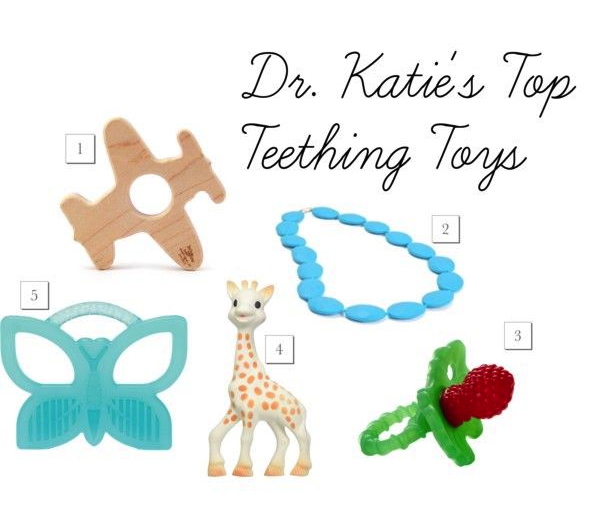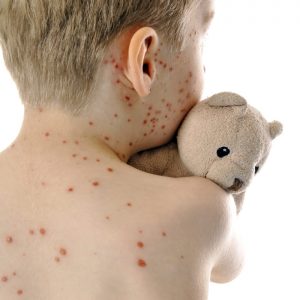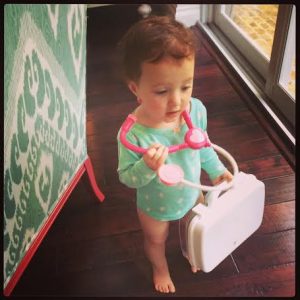
Top Teething Toys for Babies
Hey Loves! I hope you are having a good Wednesday! Last week I was at Alison’s home for our monthly Forever Freckled meeting. These meetings are forced upon Carrie and me by Alison to discuss the newest topics for the blog. If you didn’t know, Alison believes the road to success is all about organization and scheduling and, I hate to admit it, she is right! This particular meeting was interrupted by Luke, who was crying in his crib when he is normally sleeping. Alison went upstairs to calm him and came down thirty minutes later with Luke in her arms looking somewhat panicked. She asked me to examine him and figure out why he wouldn’t stop crying. I took one look at the little man and knew what the problem was. Luke appeared to be in pain, biting on his fingers and drooling. He was teething! I actually see this quite frequently in the pediatric Emergency Room. A mom will come in to have their baby evaluated for extreme crankiness, drooling, and night time awakenings. Most of the time I find that the child has a tooth or multiple teeth coming in. So I am dedicating this blog to my sister Alison and all the other mommies out there dealing with their child teething.
Teething typically begins around 6 months of age. Every child has a different experience with teething. While some babies don’t display any symptoms at all, others experience a lot of pain. Symptoms to watch out for are drooling, teething rash (around the mouth), biting, crying, irritability, refusal to feed, and waking at night. While the American Academy of Pediatrics does not view diarrhea, runny nose, or low grade fever as symptoms associated with teething, I can tell you that both of my children had diarrhea, runny nose, and low grade fever with teething. Still, I recommend having your child evaluated if they are experiencing these symptoms.
My three P’s for getting your child through teething are:
1. Pressure/cold- Make sure to have toys for your child to bite on. The pressure interferes with the pain pathways to the brain and helps lessen the symptoms. Cold objects are not only great for inflammation but also have a numbing effect. There are several products you can buy and put in the freezer, but you can also use fruits and washcloths.
2. Pain control- If the toys aren’t working and your child is in pain, please make sure to give him or her Tylenol. Speak to your doctor about the appropriate dosing and plan for pain control.
3. Patience- Remember teething will pass. Sometimes it is hard, especially when they are up all night, but it will get better. Hang in there!
With the help of my sister Carrie, the collage queen, I have created a collage of my top picks for teething toys. These are products that I have used myself or that have been recommended by other Moms and Pediatricians. Please email us with any suggestions or other teething toys that have worked for you! We love your feedback, so please also contact us with any topics you want to see discussed on Forever Freckled. See you next Wednesday. Have a great week!
1. Wooden Teether 2. Chewbeads 3. RaZbaby 4. Sophie the Giraffe 5. Butterfly Teether





great article and advice Katie!